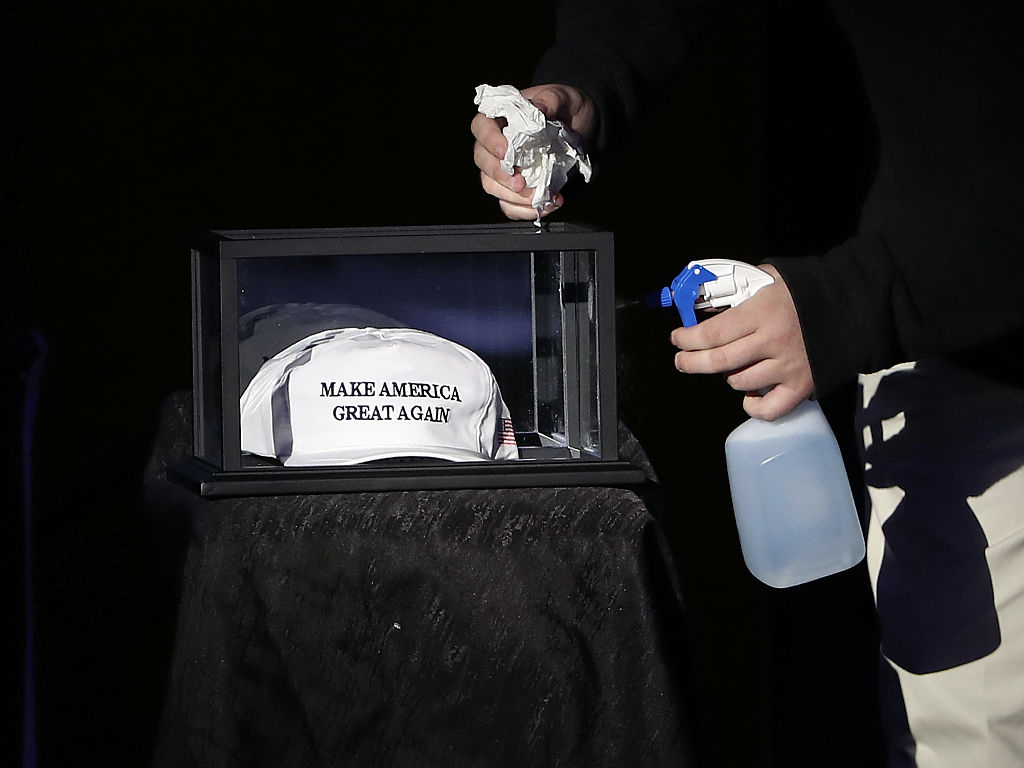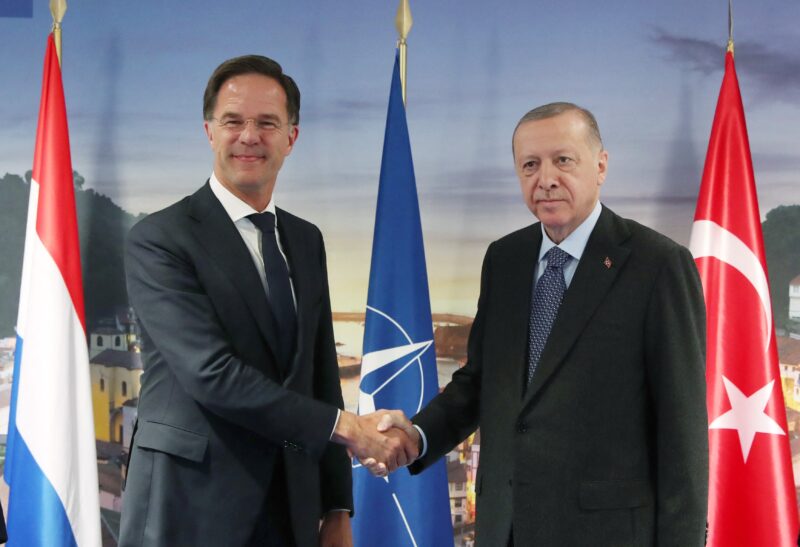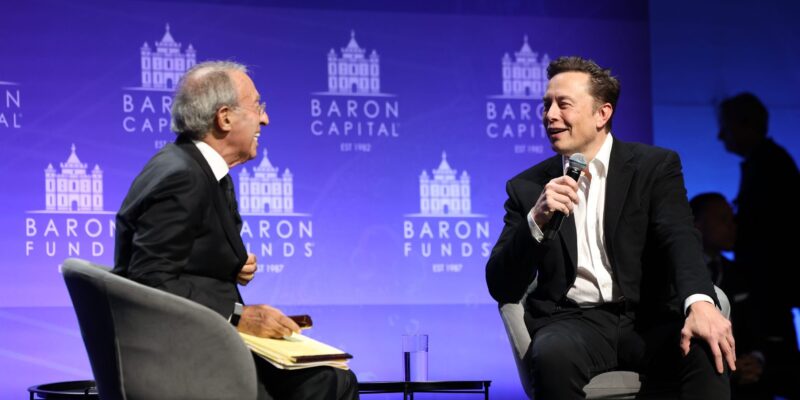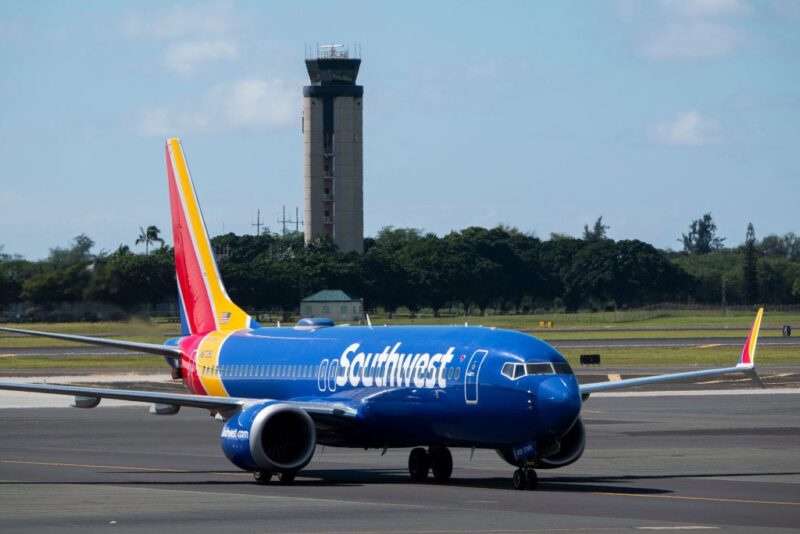No matter what Trump’s campaign hats represent to you, there’s no denying they’ve become an icon of modern American politics.
But how they came together is a mirror of Trump’s campaign itself, according to a CNN chronicle of the hat’s genesis. Much like the campaign was put together with minimal thought to its design, so was the hat.
“It was undesigned,” Lindsey Ballant, a designer and adjunct professor at the Maryland College of Art, told CNN. “It didn’t represent what one thinks of when you think of traditional politics in terms of visual messaging, and that’s essentially what Trump was as well.”
The hat is merely a plain trucker-style cap in primary colors (plus camouflage) with some contrasting lettering in a Times New Roman font. In short, there’s nothing groundbreaking about the hat’s design as is, but that’s not to say its success was an accident.
It represented a foil of Trump’s political opponents, and this simplicity was stark in the face of his opponent Hillary Clinton’s highly orchestrated campaign.
"In contrast, Hillary's campaign was incredibly thought out. It was elaborate. There was a whole system driven around the simplicity and the beauty of the logo mark," Ballant told CNN.
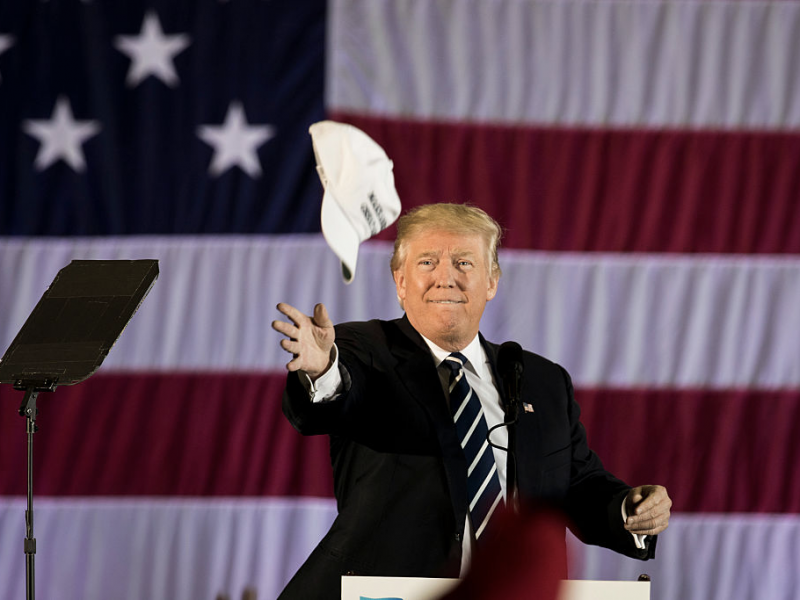
It seems the simplicity of the hat is what cemented it in the minds of both supporters and detractors alike. The hats were undoubtedly a success, as the Trump campaign bought $2.8 million in hats from the main Los Angeles-based manufacturer, according to CNN's review of campaign documents, and that doesn't even count the large number of knock-off hats produced.
It certainly had some type of strong appeal, even to Trump's opponents. Groups who didn't support Trump's campaign put their own versions out, like the Human Rights Campaign's "Make America LGBTQ again" hat in blue.
There was even a period in 2015 before Trump's candidacy seemed like it would be successful when the hats were worn ironically in the hippest enclaves of liberal cities, according to the New York Times.

